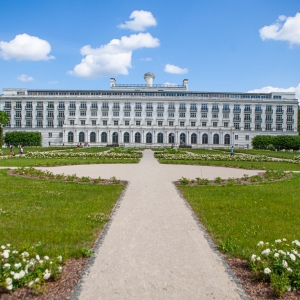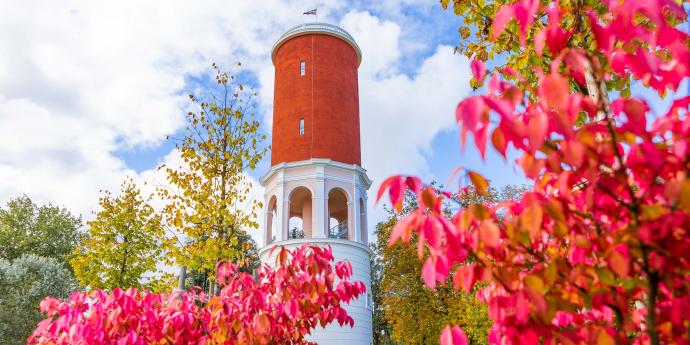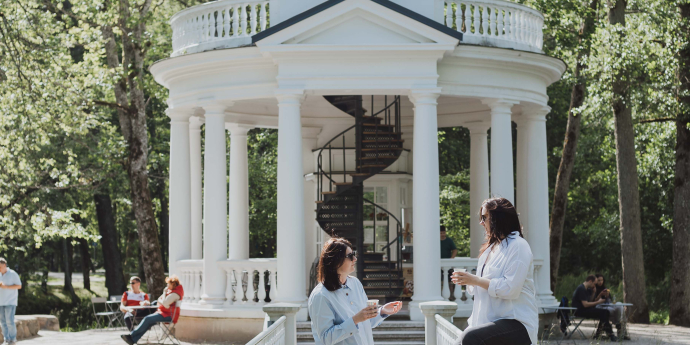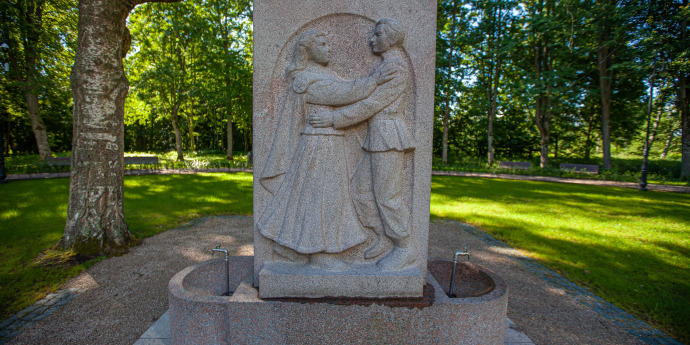Kemeri Hotel
Kemeri Hotel
- Ķemeri
- 56.9489784,23.4993315
- Pools and saunas
- Today closed
28.June - 31.December
- MondayClosed
- TuesdayClosed
- WednesdayClosed
- ThursdayClosed
- FridayClosed
- SaturdayClosed
- SundayClosed
Built in 1936, the architect was Eugene Laube. “The White Liner” or “The White Castle”, as this hotel was called, was one of the most magnificent and state-of-the-art hotels in Baltic countries, a tremendous edifice of Latvian sovereign times. It was built by employing the State funds, and the total cost amounted to 2.5 mln lats. The hydrotherapy rooms located on the ground floor provided therapeutic services in Kemeri year-round. Stylistically, the Kemeri Hotel is one of the most brilliant Neo-eclectic architecture in Latvian architecture. To attract foreign tourists in the years 1937 and 1939, there were chess tournaments organized in Kemeri that were the greatest events in Jurmala's sports life during the interwar period.

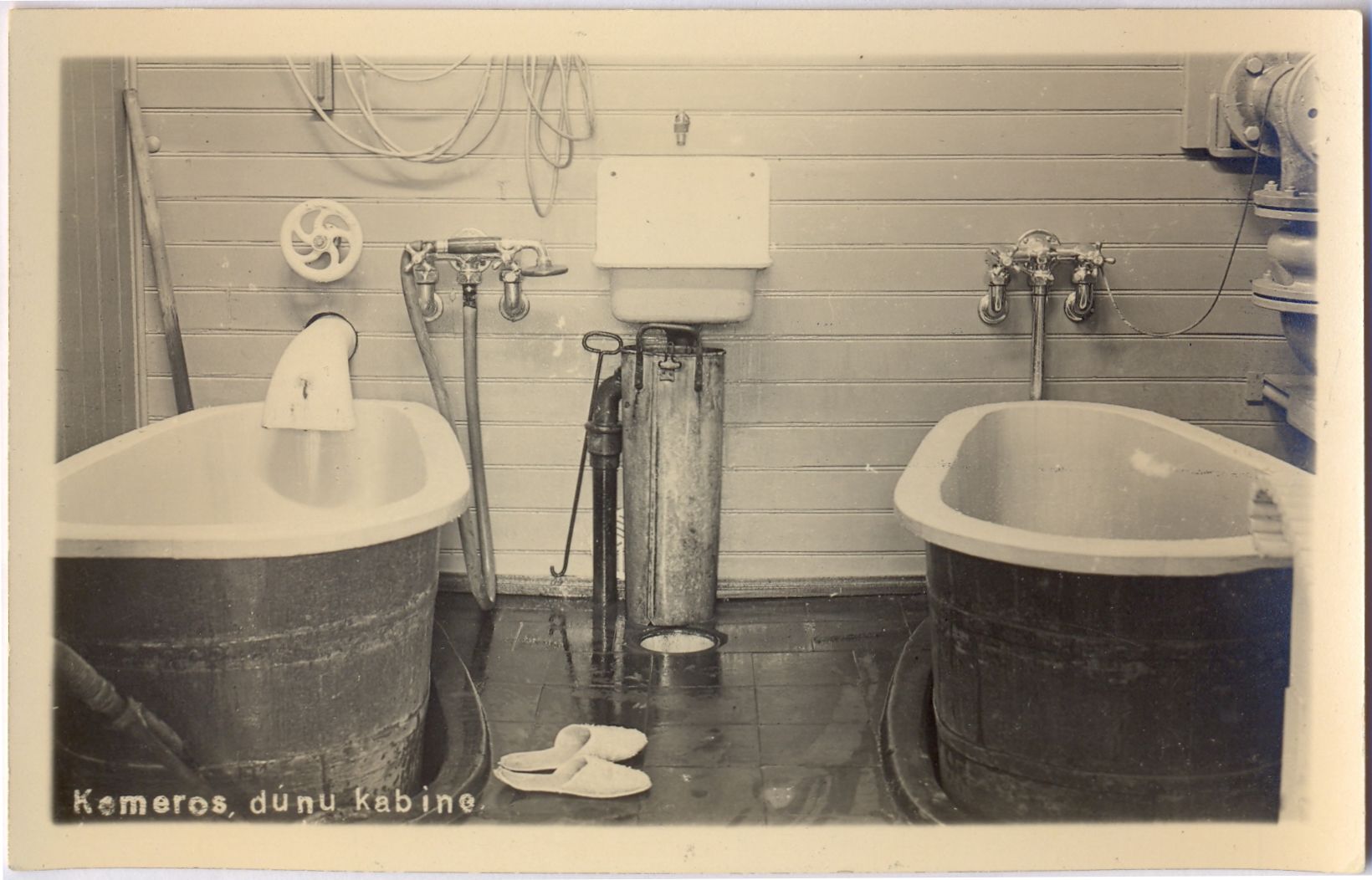
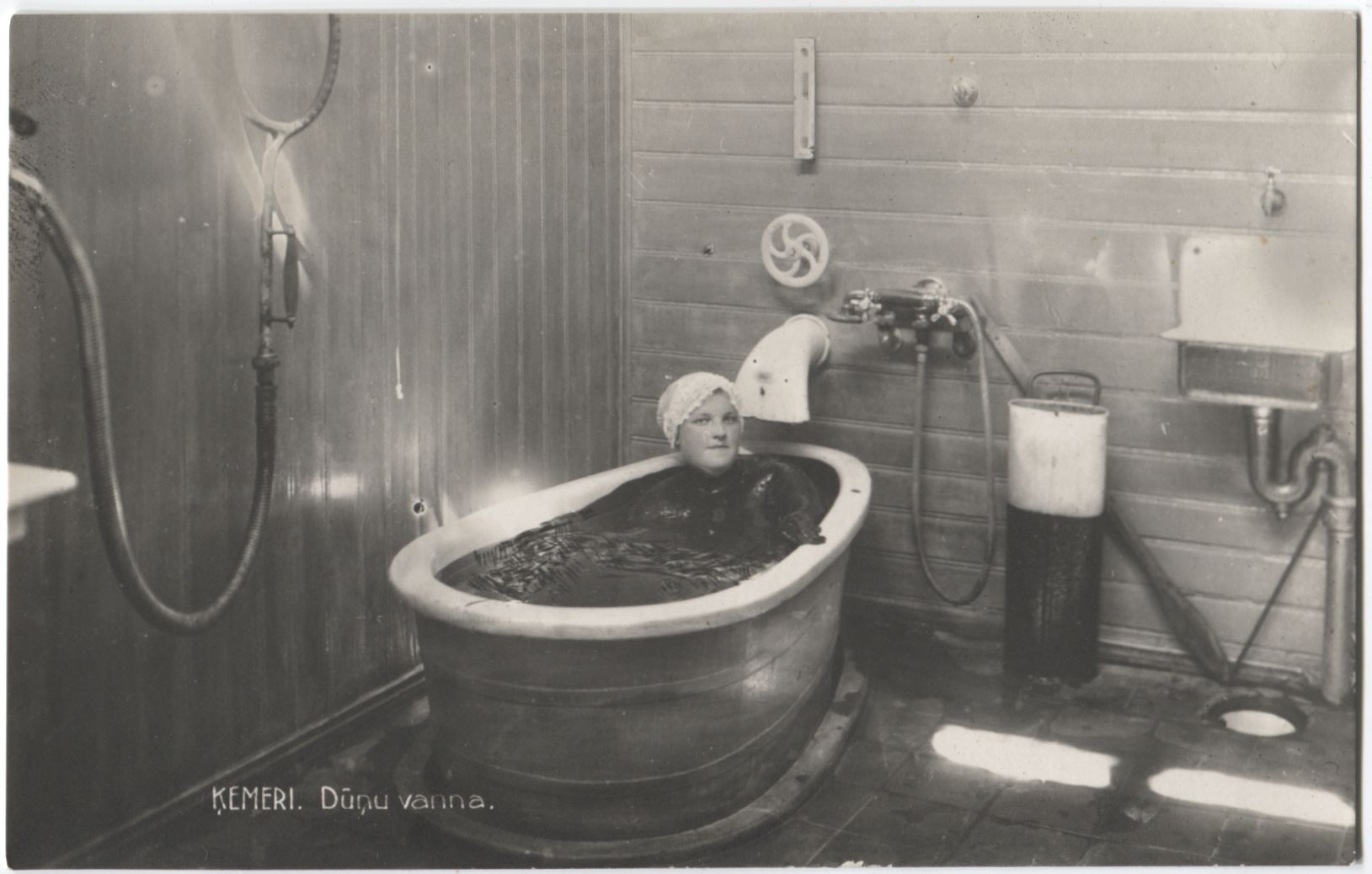
-
Postcard, 1920s–1930s. Ķemeri – mud harvesting; in the foreground, a muddy shore with three workers – one digging with a shovel, two standing by mud carts on rails.
-
Postcard, 1920s–1930s. Ķemeri – mud cabin.
-
Postcard, 1920s–1930s. Ķemeri – mud bath; a woman sits in the bath, her body covered in dark mud up to the neck, wearing a light-colored cloth cap; taps and pipes are visible on the wall.
During the Soviet era there was installed a sanatorium “Kemeri” was installed, which was known for its modern medicinal devices and newest treatment methods that were used in therapy. In 1992, a film directed by Ada Neretniece, “Secrets of Family De Grandchamps”, according to the novel of Honoré de Balzac “Stepmother” was shot, but in 2000, a film directed by Aigars Graube “, Horrible summer”.
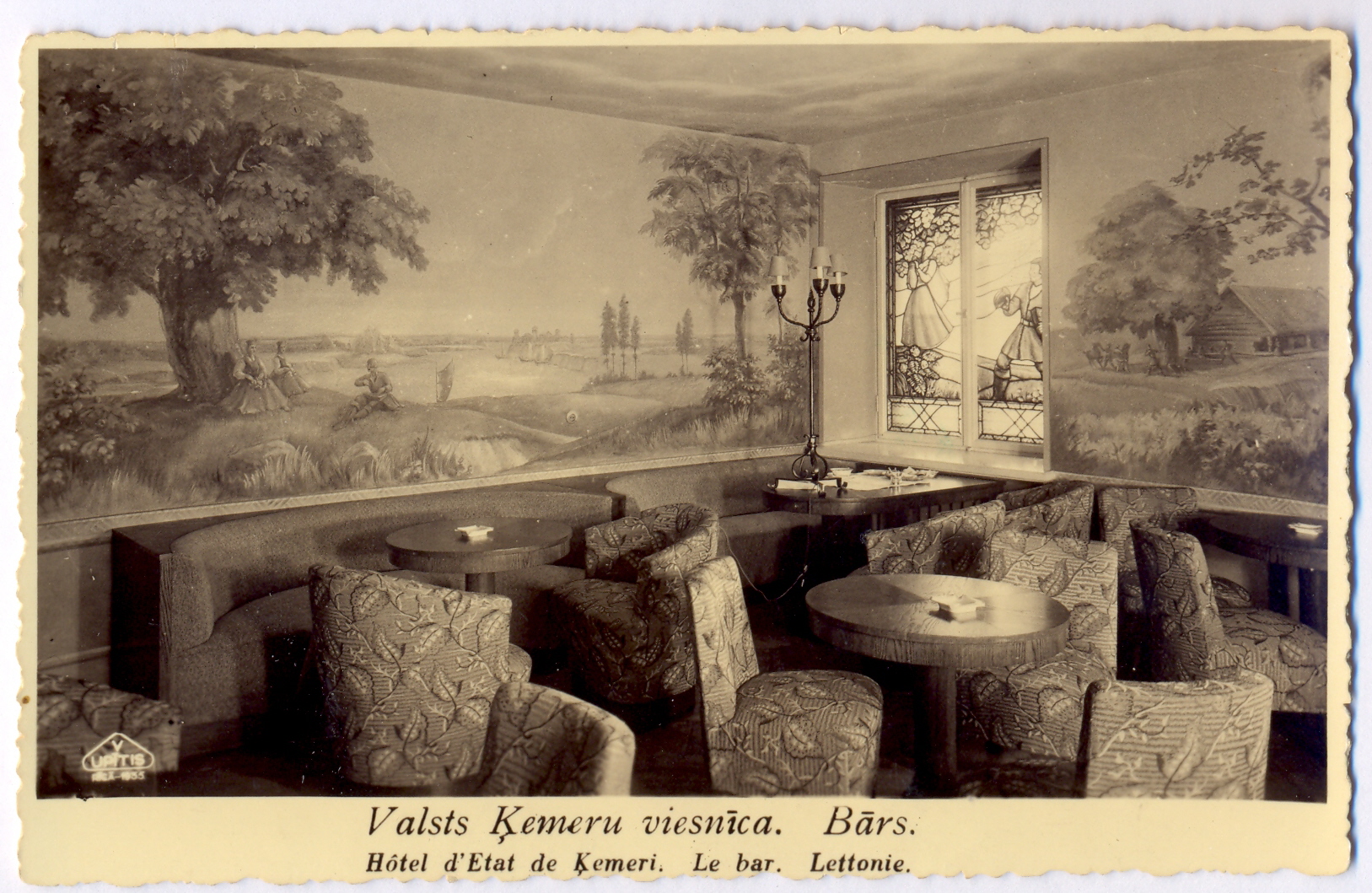
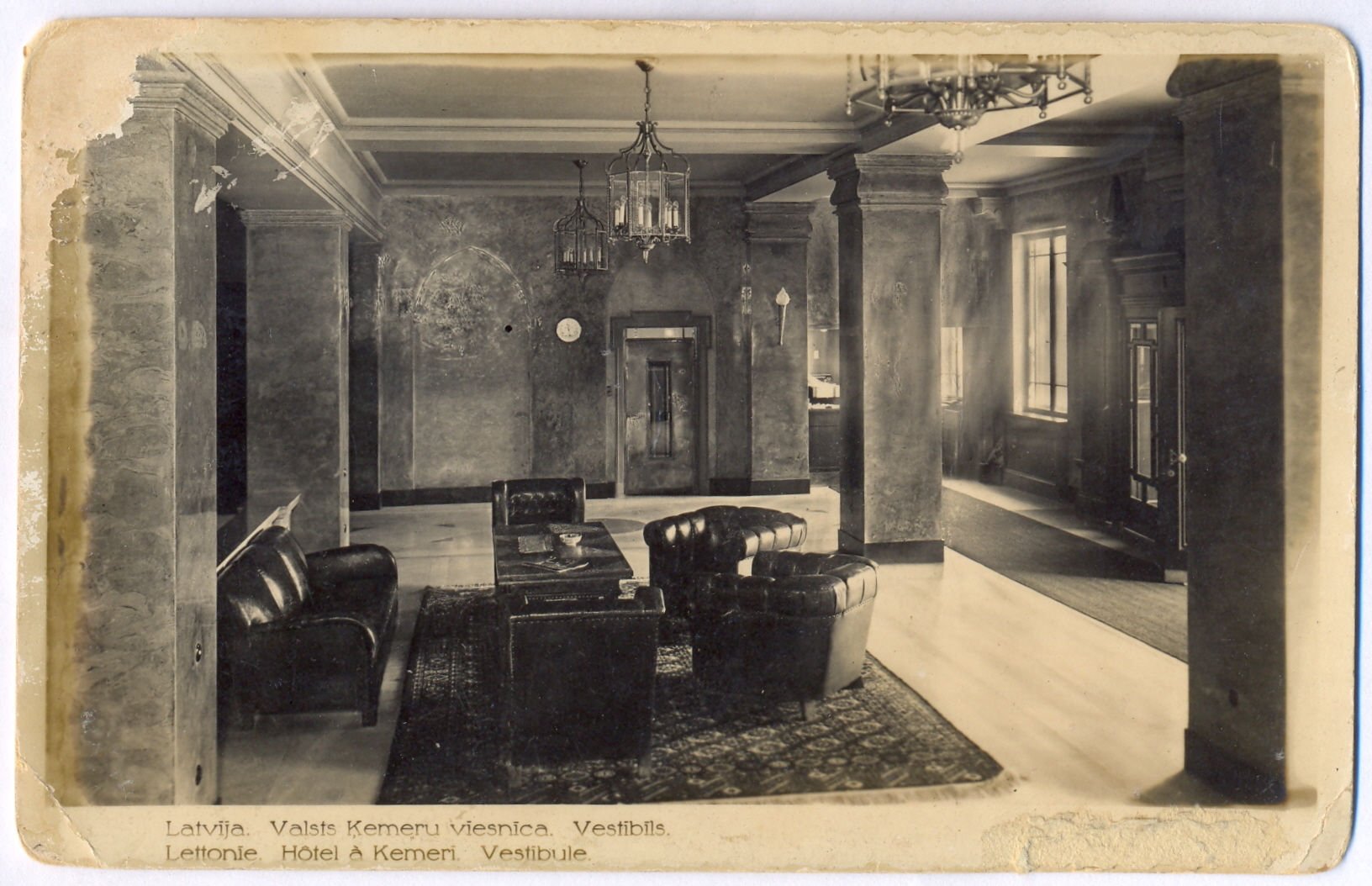

-
Postcard, 1935. V. Upītis. State Ķemeri Hotel – bar interior with round tables and upholstered armchairs, a wall painting and a stained-glass window in the style of national romanticism; on the table by the window – a lamp with a decoratively forged stand.
-
Postcard, from 1936. Latvia. State Ķemeri Hotel – lobby interior with massive leather-covered seating around tables, a patterned carpet beneath, and in the background, stairs with a floor runner.
-
Postcard, 1936–1938. Latvia. State Ķemeri Hotel – dining hall interior with massive columns, crystal chandeliers, white-covered tables; at the far end – a small stage with a grand piano and chairs.
Historical postcards – from the archives of the Jūrmala Museum.

